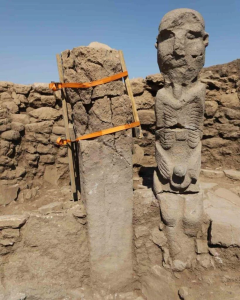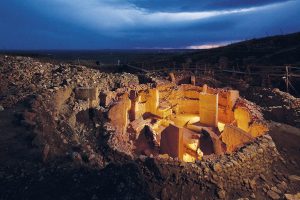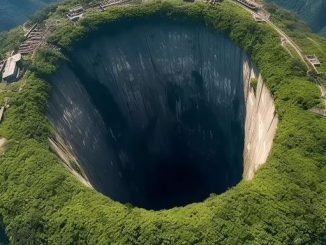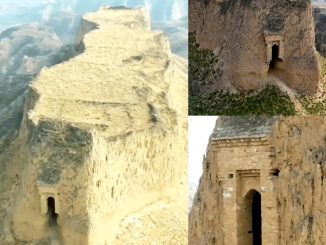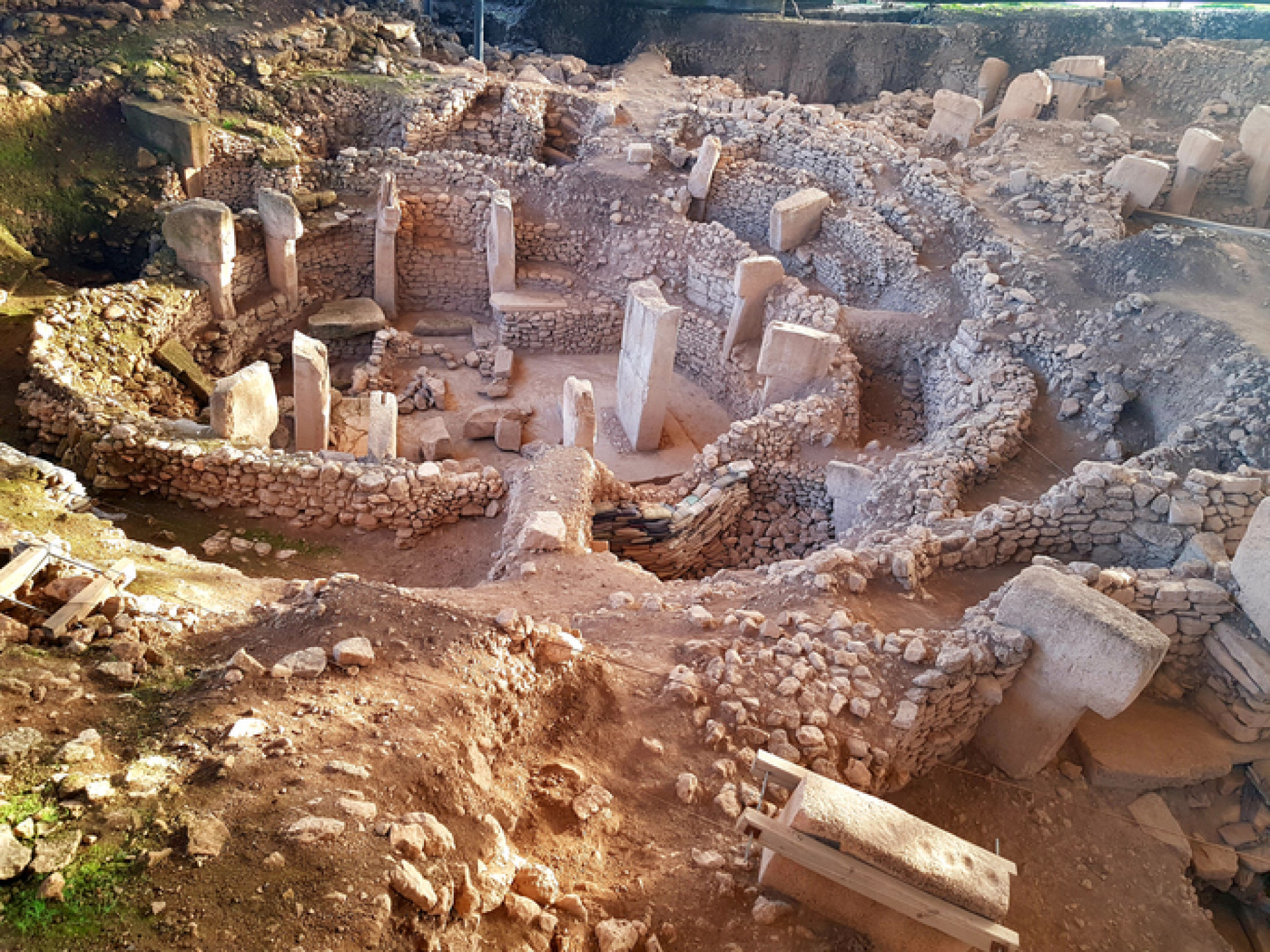
Archaeologists still don’t know how to solve the riddle of a place that predates Earth’s great civilizations by thousands of years.
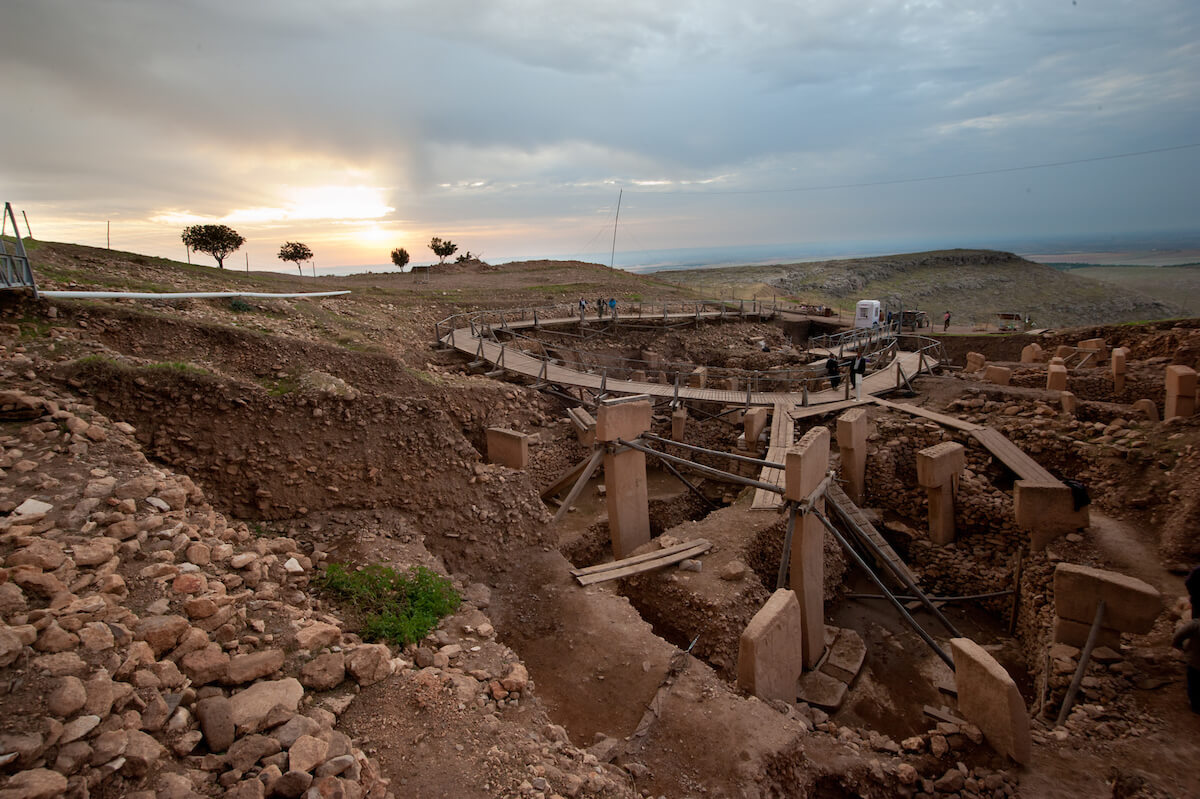
Göbekli Tepe is one of the great mysteries of the world. Few archaeological discoveries intrigue researchers as much as this one, which may be humanity’s first temple, located on the territory of present-day Türkiye. It was erected around 10,000 years before Christ by nomadic societies of hunter-gatherers from the Neolithic period.
Alignment with Constellations :
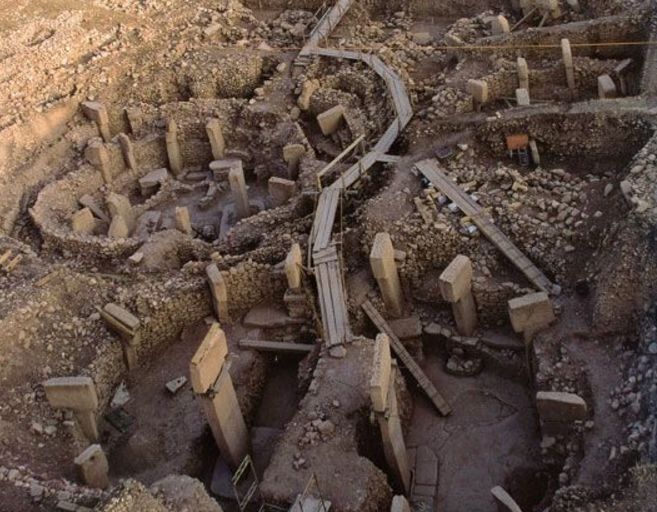
Everything in Göbekli Tepe is mysterious. From the techniques used to erect the monoliths without the help of animals to the fact that no human settlements were found near this temple. The site is believed to be a shrine due to its configuration and alignment with different constellations, and thus it is deduced that there was a cult that looked to the sky.
The discoveries made in the region suggest that this was the exact point at which the revolution in agriculture, religion and even society began. It is possible that the complex of temples or shrines at Göbekli Tepe represented fertility, life or abundance, as reliefs found there depict animals.
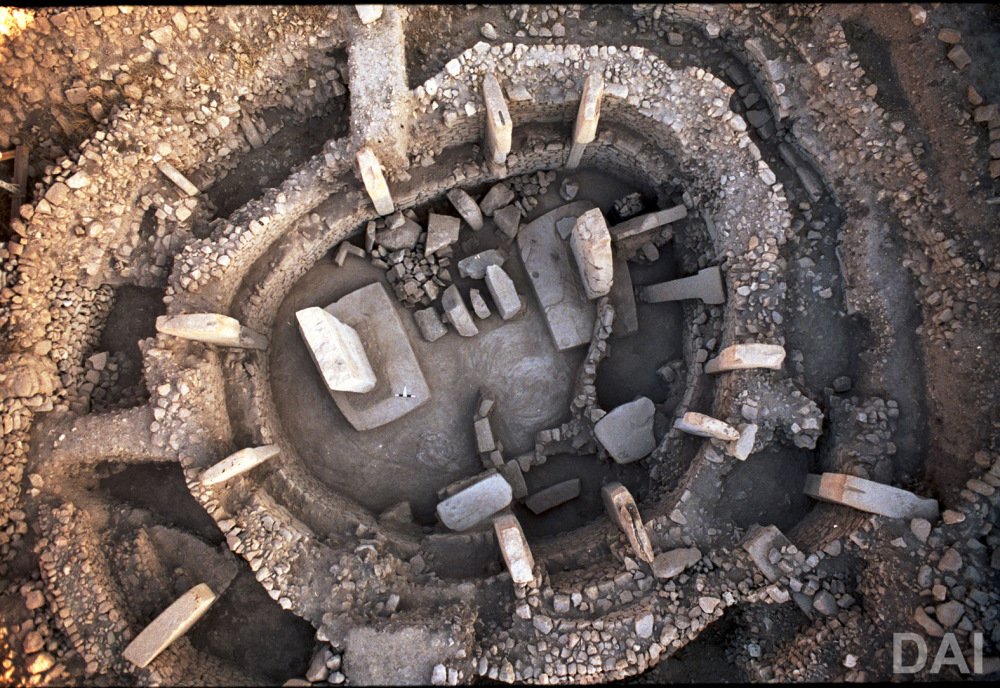
Göbekli Tepe is a challenge for archaeologists, as it completely rejects the idea that only sedentary communities erected monumental buildings. That’s because the temple was possibly built by nomads more than 5,000 years before Stonehenge or the pyramids of Egypt.
